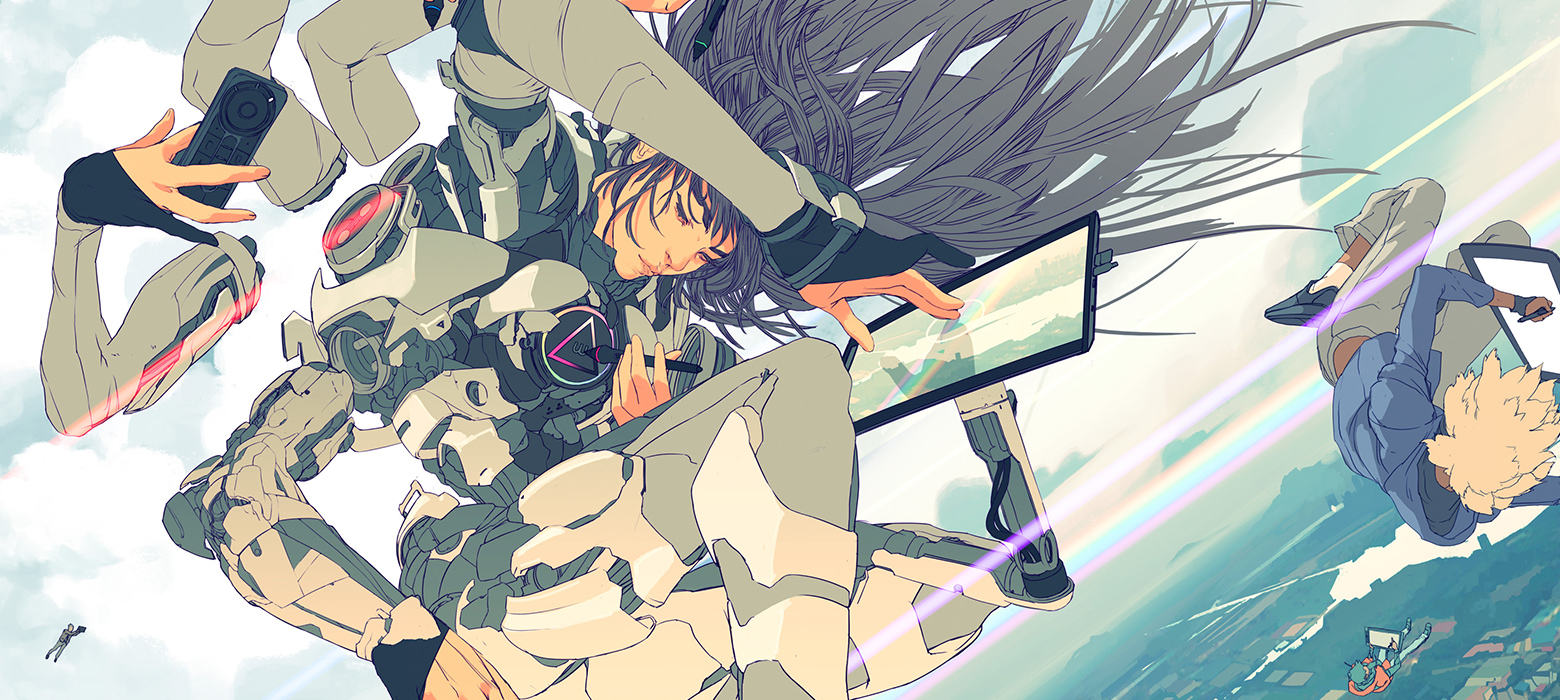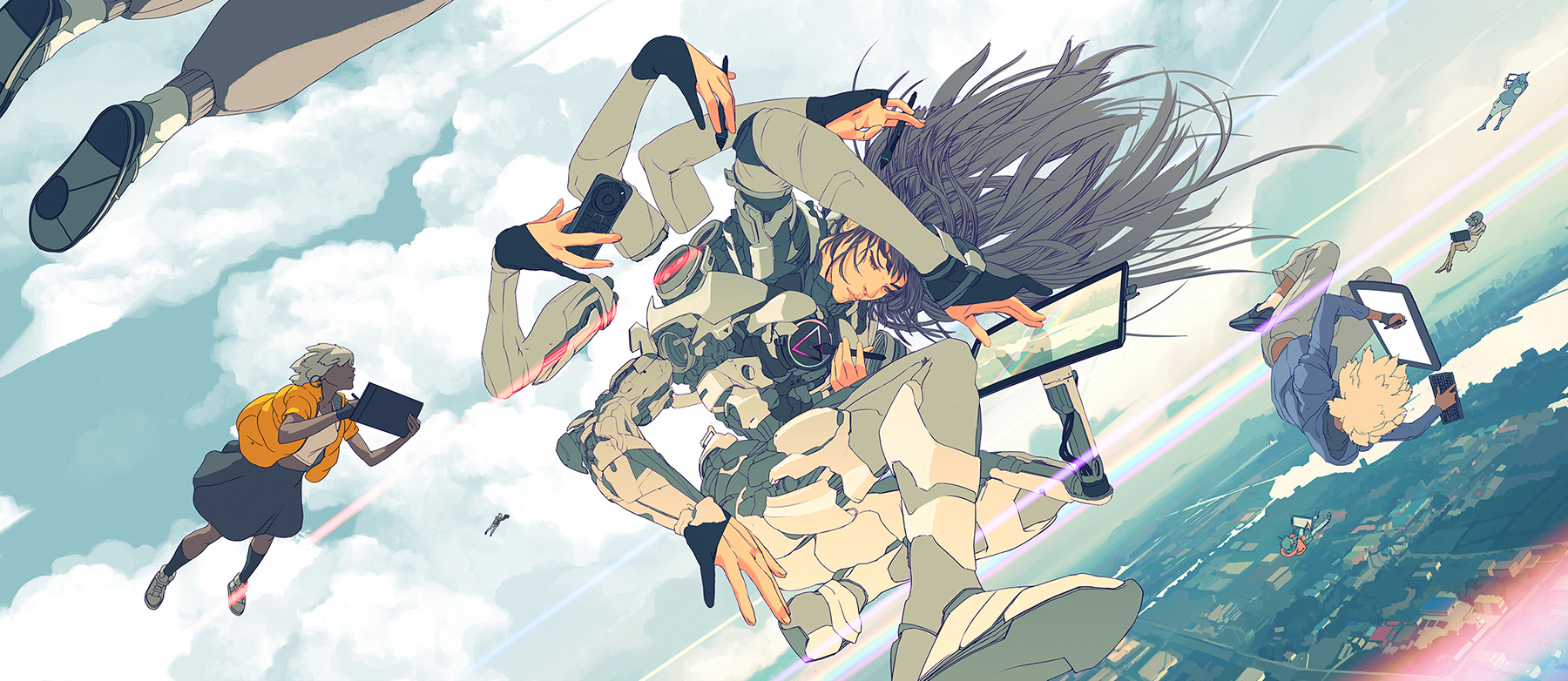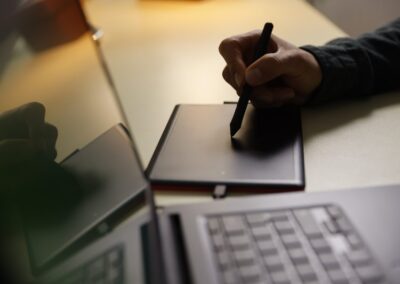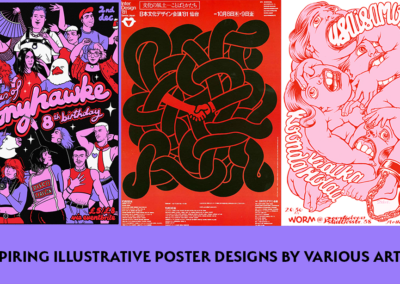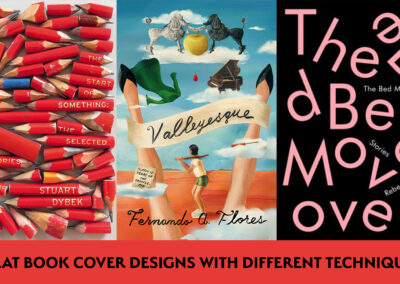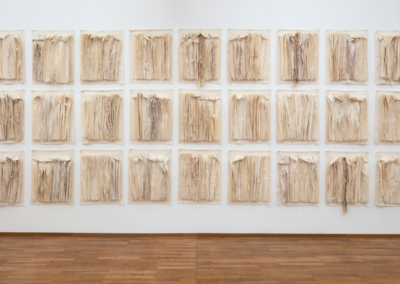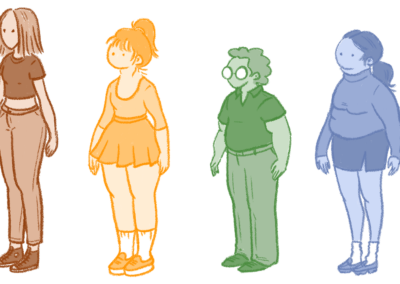In our article about the LUCCA Comics & Games we promised you a Q&A blog post on Lorenzo Ceccotti. So here you go – ready for some eye-opening wisdom? As he prepares the visual for our booth at LUCCA Comics and Games this year, we had the chance to ask him some questions and get some insights you might be just as excited about as we are. Interested? Keep reading.
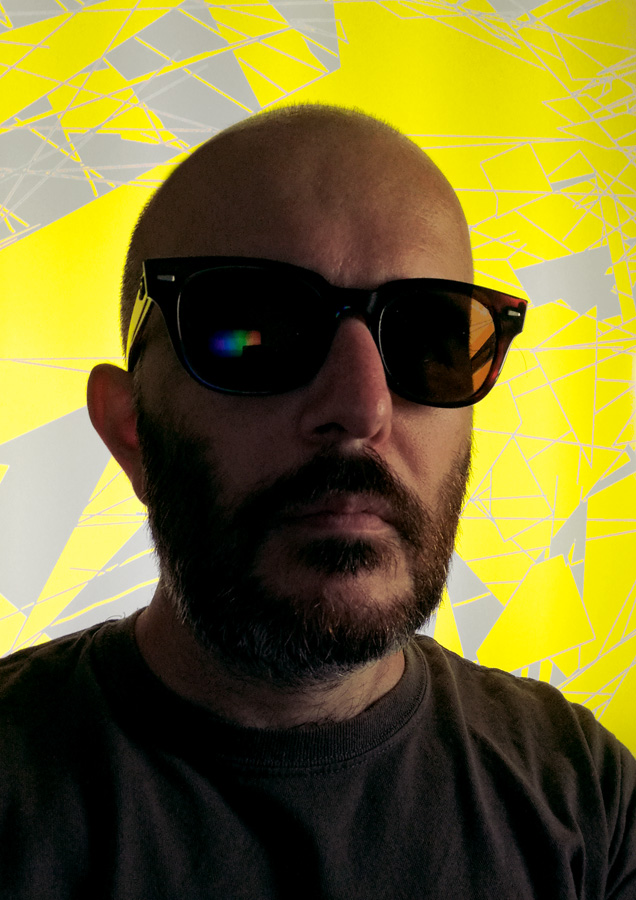
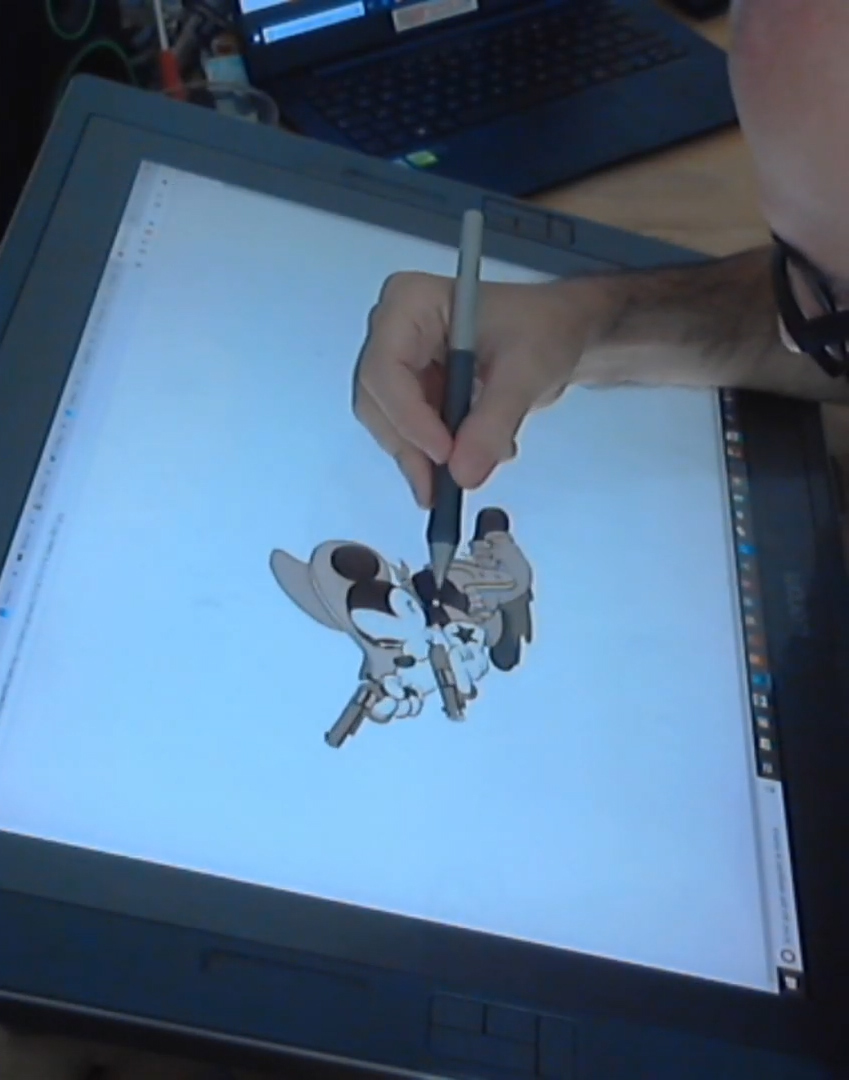
Lorenzo Ceccotti – the digital artist
You are a well known digital artist in Italy and an idol to many aspiring digital artists around the globe who want to specialize in narrative design, comics and games. So, tell us a bit about yourself, what made you become a digital artist?
I’m a designer, illustrator, concept artist, director and comic book artist.
Very fascinating, probably some of our readers can actually relate to that – starting out with video games. So you already have quite some experience when you started in your teens.
The creative workflow and its biggest challenges
With all the experience you gained by now, you probably have developed a creative workflow that works quite well for you. What does your workflow look like and what are your biggest challenges?
Talking about challenges, I think I really make no difference from every other artist out there: time and the constant need for a better technical proficiency are the biggest ones for sure. I struggle everyday to become a better artist and this need for a better form surely contributes to my ever changing technical setup.
Wow – thank you for this insight – changing the workflow every time provides a lot of flexibility and versatility while becoming better at what you do. In the live-sessions on twitch we can see you’re working on a Wacom Cintiq Pro (right? / please correct if wrong) using Photoshop, which got us pretty hooked.
Why and what is the advantage? Is there other software or hardware or analog tools you turn to?
To be honest I also don’t like the CC subscription model, nor the update system Adobe is selling now. As an artist I like the idea of being the owner of my own tools as much as I can. That’s why I like my 21UX and my CS5: I’m a blacksmith and they are my beloved hammer and anvil. They will never fail me. As I said before, I like to change my workflow, but I like to have full control on my tools as well. I really don’t like the idea of a hammer that “updates” by itself at night, even if it’s for my own good. I think of my tools as they are extensions of my body and I like to be in control of it.
Moreover: Photoshop CC is not as good as CS5 when it comes to responsiveness: I recently upgraded to the CC2019 but I was forced to apply for a full refund due to a significant lag on every brush stroke start. I love Clip Studio Paint as well and I pray everyday to see something like Procreate running on Wacom hardware. I also do a good 50% of my work on paper.
I usually mix analog and digital to get the best of the two worlds: the outstanding mechanical precision and predictability of the digital world, its unique ability to composite several mediums into one and the richness and randomness of the traditional, analog world. My favourite analog tools are graphite, pens, inks and gouache.
Thanks a lot for your openness and your ideas – hopefully, they get heard. You just mentioned you do about half of your work on paper and the other digital. Which benefits do you see in working digitally?
My art process started as fresh as it could possibly be and it was slowly becoming like building a ship in a bottle. Painstaking method to make digital peculiarities disappear from my work, like its digital nature was something you should hide.
I was wrong! Digital has some very specific strengths and should be used for those kind of needs: constant width line art, flat colors, remarkably wide color options within a single ethereal platform, being able to change idea with no medium physical limit to stop you from rethinking your artwork bottom up – just to name a few. I then started working with a totally different approach, trying to get the best of the two worlds.
Analog art came back in my toolbox, offering unrivaled speed and richness for all of those tasks that require endless detail and dynamic range in brush and pen strokes. I started mixing the two worlds with some very tricky workflows at times. It could be traditional art, a graphite piece scanned in my computer for color enhanced and digital painted details, then printed out on traditional hot pressed watercolour paper and painted over with watercolour and gouache, maybe getting back in the computer for a final color correction before sending it to the print shop. With so much tools at your disposal, imagination is the limit.
This might actually help a lot of aspiring artist rethink their workflow – thanks a lot for the insight into your personal approach and development towards digital art up until now.
The outlook on digital art
How about the future, what are we going to see from you next, now that all of us have you on our radar?
Oh, we will, that certainly is something to look forward to. Thank you so much Lorenzo for giving us some insights on how you work, it has been a true inspiration to us.
Watch Lorenzo create
Don’t you just wish you could have a sneak peak on how other artists create their artwork?
Well, Lorenzo gives you some insight on twitch, where videos only last for a limited amount of time. Thus, he tries to show some live painting each day – so check Lorenzo’s videos on Twitch.
Lorenzo was so kind as to upload the live-drawing videos of how he created our booth’s visual to Youtube for us, so you could see them still, when they are not available on Twitch anymore.
So here you go – enjoy:
If Lorenzo also caught your attention you want make sure to follow him online:
Website
Twitch
Youtube
Vimeo
Intagram
Tumblr
